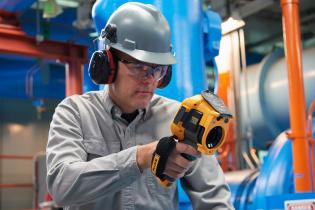Motors, drives, pumps, compressors
Find resources to enhance your preventive maintenance and motor reliability programs. Explore solutions to reduce unplanned downtime, maximize performance, and increase speed to resolution.
Featured

Find resources to enhance your preventive maintenance and motor reliability programs. Explore solutions to reduce unplanned downtime, maximize performance, and increase speed to resolution.
